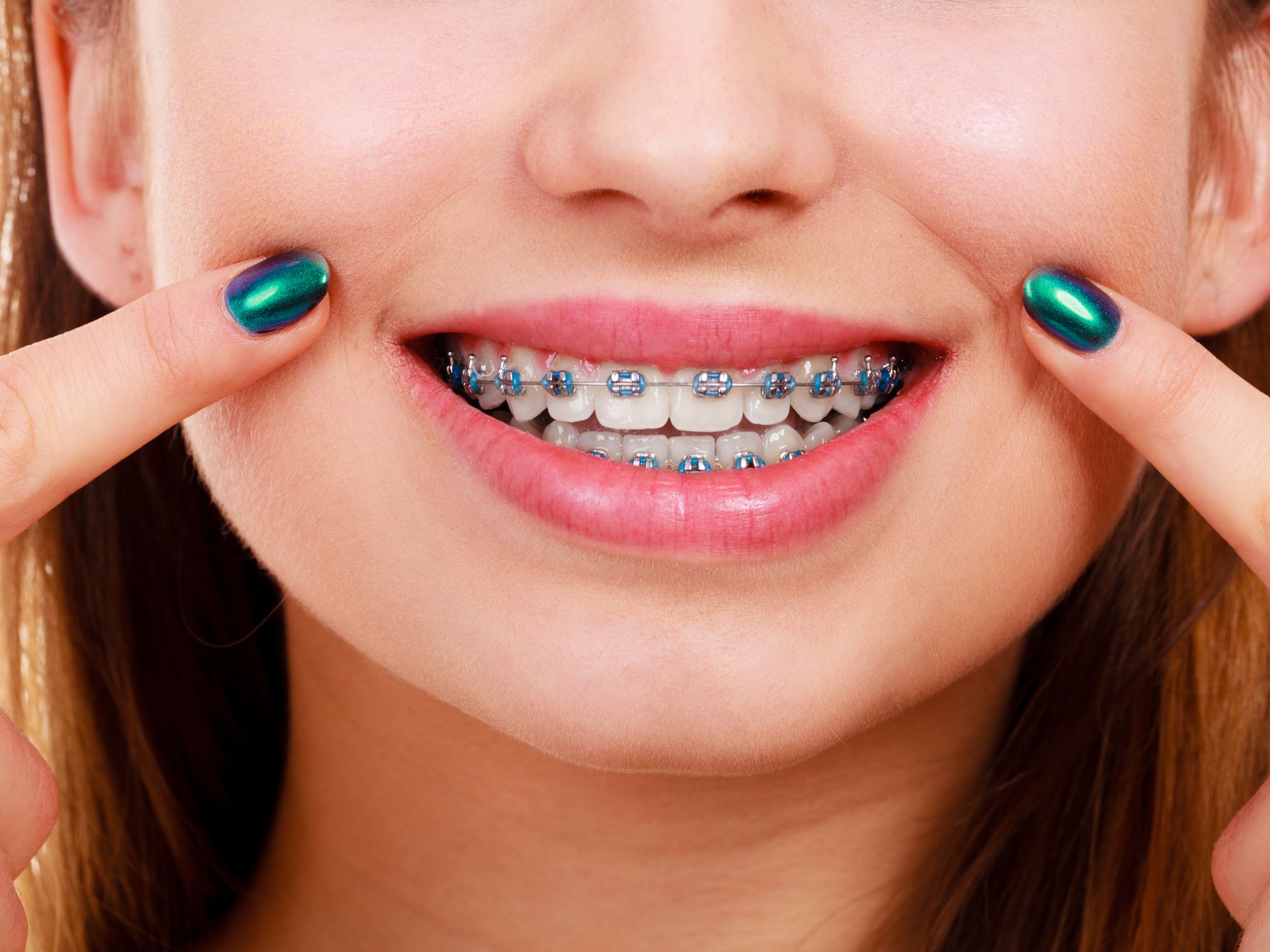
“How do teeth move?”: Orthodontic Treatment Explained
Many people seek orthodontic treatment to achieve the perfect alignment of their teeth. But have you ever wondered, “How do teeth move?” Our Tomball, TX, orthodontist is here to explain how orthodontic treatment manages to shift teeth over time.
Are you considering orthodontia? The first step toward a more symmetrical smile is with a consultation at Harmony Orthodontics. Get started with Dr. Wint Tun today by calling our Tomball, TX, orthodontic clinic at (832) 699-3683.
So, how do teeth move? Let’s delve into the fascinating world of orthodontics to uncover the secrets behind this transformative process.
The Basics of Orthodontic Treatment
Orthodontic treatment is a form of dentistry that focuses on correcting misalignments and malocclusions in the teeth and jaws. The most common method involves the use of braces or aligners to gently shift the teeth into their desired positions. Now, you might be asking yourself, “How do teeth move during orthodontic treatment?”
The Mechanics Behind Tooth Movement
Teeth are embedded in the jawbone by a ligament known as the periodontal ligament. This ligament contains tiny fibers that attach to the tooth root and the surrounding bone tissue. The magic of orthodontic treatment lies in applying controlled forces to teeth and their accompanying ligaments, stimulating the bone remodeling process.
As orthodontic appliances exert pressure on the teeth, they cause a cellular response in the surrounding bone. Osteoclasts (which are cells responsible for breaking down bone tissue) activate on one side of the tooth, creating a space. Simultaneously, osteoblasts (the cells responsible for building new bone tissue) work on the opposite side to fill in the gap.
This dynamic process allows the teeth to gradually shift into their designated positions.
The Role of Braces in Tooth Movement
Braces are perhaps the most traditional and effective method of orthodontic treatment. They consist of brackets attached to each tooth, connected by wires and bands. The brackets act as handles, and the wires apply pressure to guide the teeth into the desired alignment.
Now, let’s answer the question, “How do teeth move with braces?” The adjustable nature of braces allows orthodontists to fine-tune the pressure applied to each tooth. Regular adjustments ensure that the force is distributed evenly, preventing excessive pressure on any one tooth and minimizing discomfort.
Invisible Aligners: A Modern Approach to Tooth Movement
In recent years, invisible aligners have skyrocketed in popularity as a more discreet alternative to traditional braces. These clear, removable trays are custom-fabricated for each patient and gradually shift the teeth over time. But, you may wonder, “How do teeth move with invisible aligners?”
Similar to braces, invisible aligners apply controlled pressure to the teeth. Each set of aligners represents a specific stage in the treatment plan, and patients switch to a new set every few weeks. Orthodontists design the aligners to target specific teeth at different times, orchestrating a harmonious and controlled movement to achieve the desired alignment.
How do teeth move? Find out at Harmony Orthodontics!
Whether through traditional braces or modern invisible aligners, the careful application of controlled forces allows teeth to shift gradually, resulting in a beautifully aligned smile. If you’re ready to explore orthodontia, contact Dr. Wint Tun at Harmony Orthodontics. Request appointments online or call our team at (832) 699-3683 for more information and scheduling.